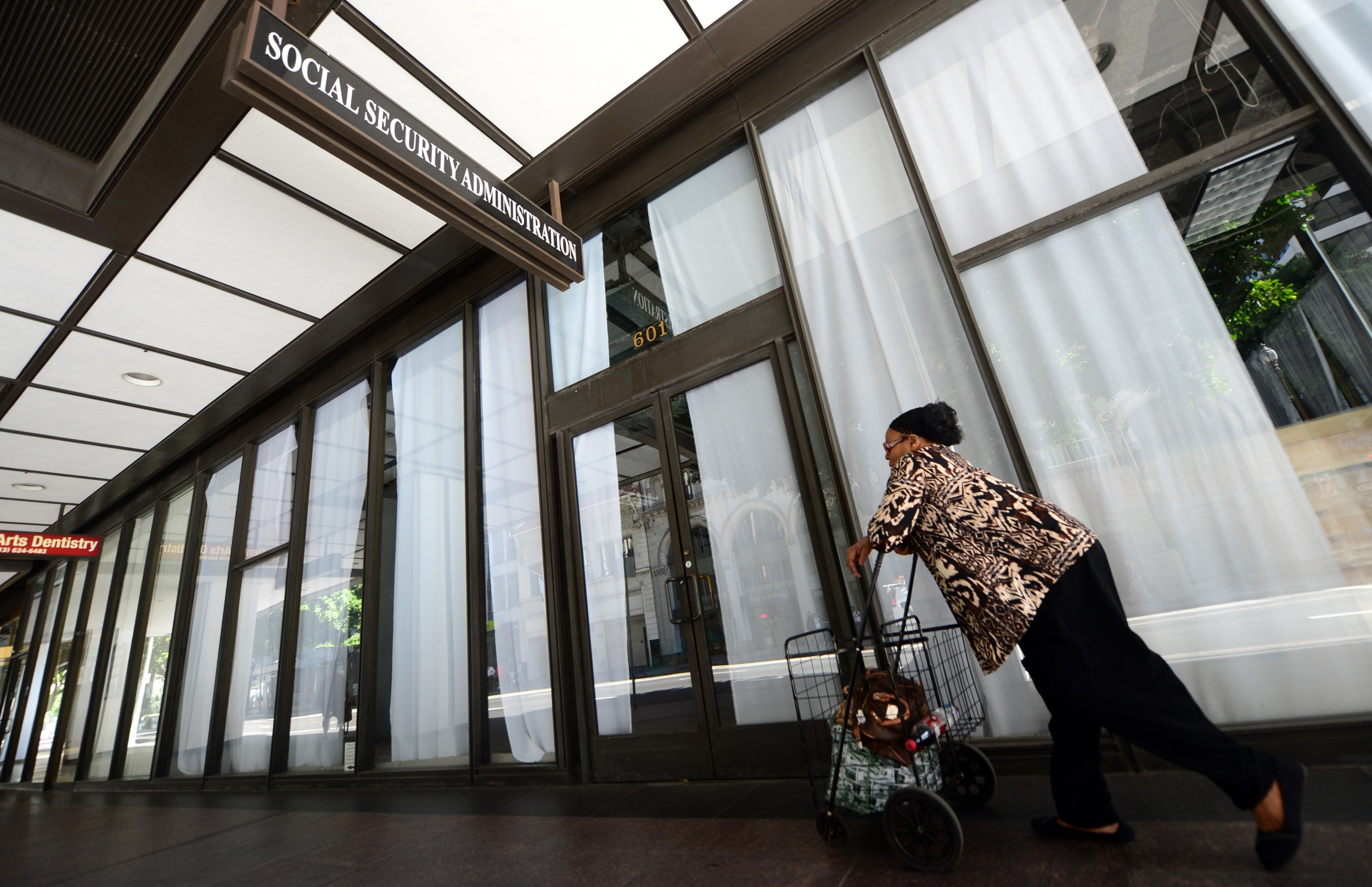Last month, the Social Security system welcomed thousands of new beneficiaries, according to data from the administration.
In June, the number of recipients of Social Security benefits increased to almost 67.9 million, with approximately 20,000 more recipients compared to May. Payments to beneficiaries in June totaled $120.9 million, slightly higher than May’s $120.66 million. However, the average monthly payout remained fairly consistent at $1,781 in June compared to $1,778 in May.
The data also revealed a slight uptick in the number of people receiving Supplemental Security Income (SSI) payments, rising from 7.395 million in May to 7.397 million in June. Despite this increase, total SSI outlays decreased slightly to around $5.41 million in June from the previous month’s $5.42 million, with average monthly payments remaining at approximately $700.

Concerns about the future of Social Security have been a topic of discussion, with some experts warning that the system could run out of funds within a decade. The trust fund, which currently stands at $2.8 trillion, may be depleted by 2033 without significant reforms. However, experts like Steve Goss, the Chief Actuary of the Social Security Administration, assure that even in that scenario, benefits would continue, albeit possibly reduced to about 80% of the full scheduled payments.
One major challenge faced by beneficiaries in recent years is the impact of inflation on their benefits. In 2023, retirees received a cost-of-living adjustment (COLA) of nearly 9%, but with inflation slowing down, estimates suggest the COLA for next year could be around 2.3%. Despite this, many retirees still feel the pinch of elevated prices affecting their incomes.
Organizations like The Senior Citizens League have highlighted the struggle of retirees, with a 24% increase in grocery prices between 2020 and 2023, making it challenging for many to afford essential food items. Food costs have been identified as the fastest-growing expense for 60% of retirees surveyed by the group.
